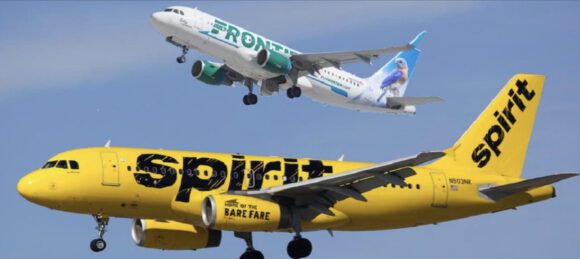
CL 415
News:
California and the western US are burning. Fires have destroyed more than 4 million acres of land in the western United States, and fires continue to destroy homes and make life difficult for those impacted or threatened by uncontained wildfires.
Aviation is a major element in fighting fires, but the current resources have clearly been inadequate to extinguish the rapidly spreading conflagrations. Specialized solutions do exist, particularly the CL-415 Aerial Firefighter from Viking Air Ltd. That amphibious airplane can refill on the go by landing in a lake or river in close proximity to the fire and return to the scene for multiple passes in quick succession. These aircraft can provide higher productivity than other aircraft by virtue of their amphibian design – they can land on runways to be conventionally loaded with water, or simply scoop that water from a lake or river and take-off again for a quicker turnaround.
What’s needed is a large fleet of these aircraft that can respond to fires quickly as they emerge and douse them before they grow into large conflagrations. That might take 100 or so airplanes and crews, a major operation. If deployed in four strategic groups of 25 aircraft, they could attack fires quickly and provide round the clock support for beleaguered firefighters on the ground and keep those fires from rapidly expanding.
We have appropriate technology, including satellites that can detect early smoke plumes to dispatch aircraft quickly. We have the infrastructure with the US Air Force and US Forest Service to deploy and operate these aircraft. What we lack is governmental leadership that will provide the funding and a commonsense solution to the problem.
Analysis:
The key question that always comes into play is who is going to pay for a new capability? Congress can provide funding, but typically on a year by year basis, and no aircraft lessor is going to want to lease an aircraft for one year, even with a nearly guaranteed renewal. Purchasing 100 new airplanes is a multi-billion-dollar expenditure, and while it looks trivial in comparison to COVID bailouts, can remain a sticking point in Congress.
As a result, we have a US Forest Service fleet of rag-tag aircraft, most former passenger airliners and military aircraft that have been retired, fighting fires. But virtually none were specifically designed just for that purpose, and neither can those aircraft reload quickly by simply dropping into a lake or river to pick up water.
The solution to the problem is twofold. The first is better forest management and cleaning out the underbrush. That may or may not happen and is a political environmental football. The second is quickly responding to a fire when it is first detected with massive resources to quickly extinguish it before it spreads. That is feasible, but a question of finance.
Insight
The folks who end up paying the bills are insurance companies, who are supposedly experts in risk management. But that expertise looks sadly lacking when annual bills for fire damage are in the billions, year after year, with no action being taken to stop it. Would every homeowner in California contribute an additional $1 per month or $12 per year towards a firefighting fleet in their premiums? There is almost no doubt that they would, given what we’ve seen in the last few years. With 14.3 million housing units and lease rates of 0.8% per month, that alone would pay for $2.1 billion in airplanes. Combined with the savings in payouts for damages, this would appear to be a “no-brainer” for insurance companies. They would clearly benefit and gain financially through preventive actions.
Managing the program would likely require government intervention, and we have some available and interesting resources in the western states. The Air Force Academy was threatened by fire a few years ago, and could readily manage such a program, with Cadets participating as interns and a cadre of graduates running the program out of Colorado Springs. It would teach threat analysis, critical decision making, rapid response, coordination, poise under pressure, and many of the leadership characteristics those cadets will later need in their military careers. That could be quite a learning experience for what we hope will become some of our best and brightest while solving a major problem.
Common sense solutions are available and ready to deploy, but we need real leadership in Washington and cooperation from the insurance industry. If insurers could buy the aircraft, and the USAF could supply the manpower, training, and managerial resources to operate them, we’d have a system that works well. Plus, in the off-season, the aircraft could be flown to Australia or Latin America to help them during their peak season, which is opposite of ours, and they could help share the costs.
This year has been particularly costly in California and Oregon, with entire towns destroyed. The costs to rebuild are much higher than simply the costs of rebuilding and dwarf the costs of prevention and rapid mitigation. Multiple potential solutions are right in front of us, and I’ve illustrated a couple of possible examples above. We just need the commonsense leadership willing to work together to solve the problem rather than to blame the other party. If they do, they could prove the old adage wrong that states ‘If con is the opposite of pro, then Congress is the opposite of Progress.’
Views: 12





Good article Ernest, thanks.
Also, in the case of the CL-415, a version exists for the dual role of firefighting and search/rescue.
The switch over is less than an hour if I recall.
I guess the Coast Guards could operate those dual roles 415s.
PS: Also Viking added night firefighting capabilities for its CL-515 (not launched yet)